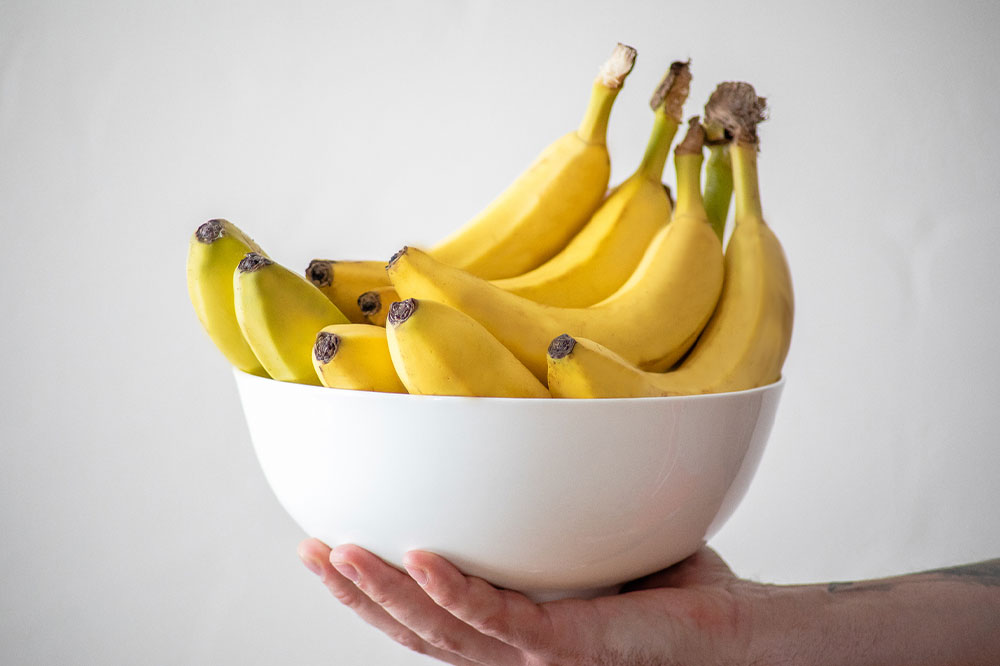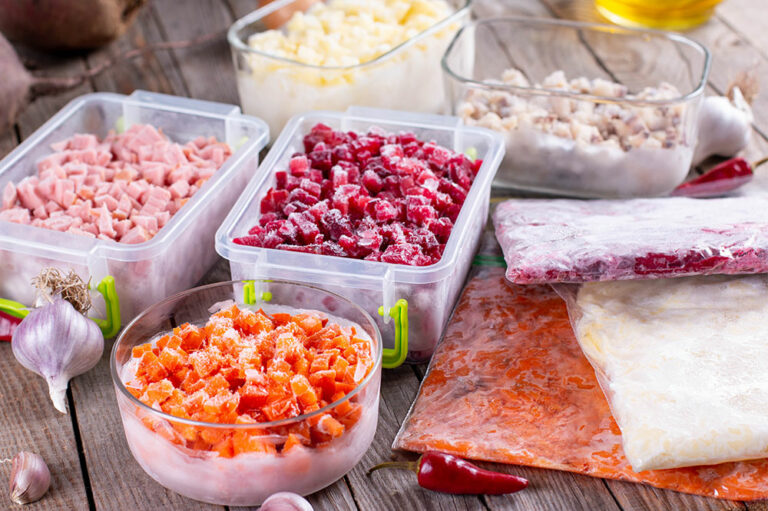Healthy foods that ease menstrual pain

Menstrual pains and cramps are common occurrences. They occur when the uterine muscle contracts to shed tissue, which temporarily breaks the supply of oxygen to the uterus, causing a painful feeling. Using a heating pad or a painkiller is often the most popular choice to alleviate this pain, but eating healthy and staying hydrated can also help control the intensity and duration of menstrual cramps. Here are some foods that may help relieve menstrual pain:
Bananas
When consumed in moderation, bananas can help relieve menstrual pain. They are a great source of vitamin B6, potassium, and magnesium, which have been linked to reduced severity of cramps. The fiber content of bananas also helps improve bowel movement, thus reducing bloating and pain.
Herbs
Many traditional herbs have been linked to reducing period discomfort. These can be added to teas or foods. They include:
- Fennel: To relieve pain and decrease the bleeding length
- Cinnamon, sage, and cumin: To reduce cramping
- Ginger: To relieve any pain, inflammation, or nausea
- Chamomile: To relieve cramps and improve mood
- Turmeric: To reduce inflammation and pain
Water
Maintaining a healthy fluid intake can also help reduce bloating and manage pain. One can also try herbal tea or fruits and vegetables with a high water content (such as watermelon, lettuce, celery, cucumbers, or berries).
Oranges
Oranges are a great source of vitamin C, magnesium, potassium, and vitamin D. These nutrients can help control inflammation and reduce menstrual pain and cramps.
Kale
Losing blood during the menstrual cycle also reduces the amount of iron in the blood. It is important to replenish the body’s nutrients, and dark leafy greens such as kale and spinach are an easy way to do so. They are rich in vitamins and minerals to keep the body feeling nourished and reduce pain and cramps.
Oats
Oats are a rich source of fiber, zinc, vitamin B1, and magnesium. The zinc and magnesium content helps reduce period cramping, and regulates the production of serotonin, to help one feel better.
Eggs
Eggs are packed with protein and vitamins B6, D, and E, which help reduce inflammation and manage premenstrual syndrome (PMS) symptoms.
Dark chocolate
Dark chocolate (85% cocoa and higher) is also rich in magnesium and fiber, which can help deal with the symptoms of PMS better.
Dairy
Dairy products such as milk, yogurt, and cheese are a great source of calcium, which can help manage PMS symptoms such as cramps, mood swings, and fatigue. They also contain a healthy dose of vitamins D and E, along with magnesium, which can provide pain relief during periods of menstruation.
Salmon
Cold-water fish such as salmon and anchovies are rich in omega-3 fatty acids, which can help reduce inflammation and provide pain relief. They are also a great source of vitamins D and B6, which can help in the absorption of calcium to make period pain manageable and help one fight breast tenderness and irritability, respectively.
Generally, eating antioxidant-rich nutritious foods can have a positive impact on period pains and cramps. However, maintaining a healthy food intake of vitamins, minerals, proteins, carbohydrates, and fats can significantly reduce symptoms of PMS.



